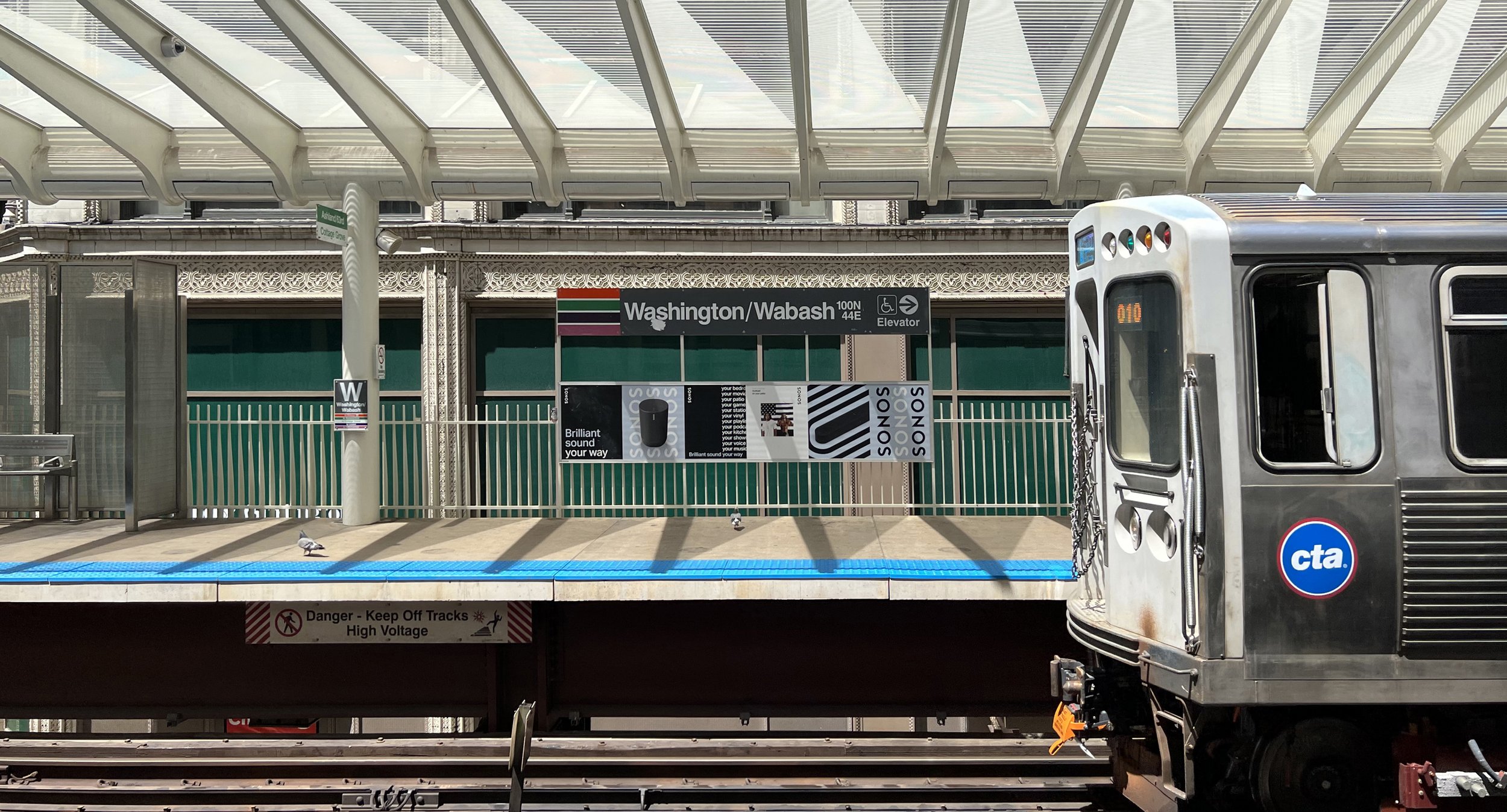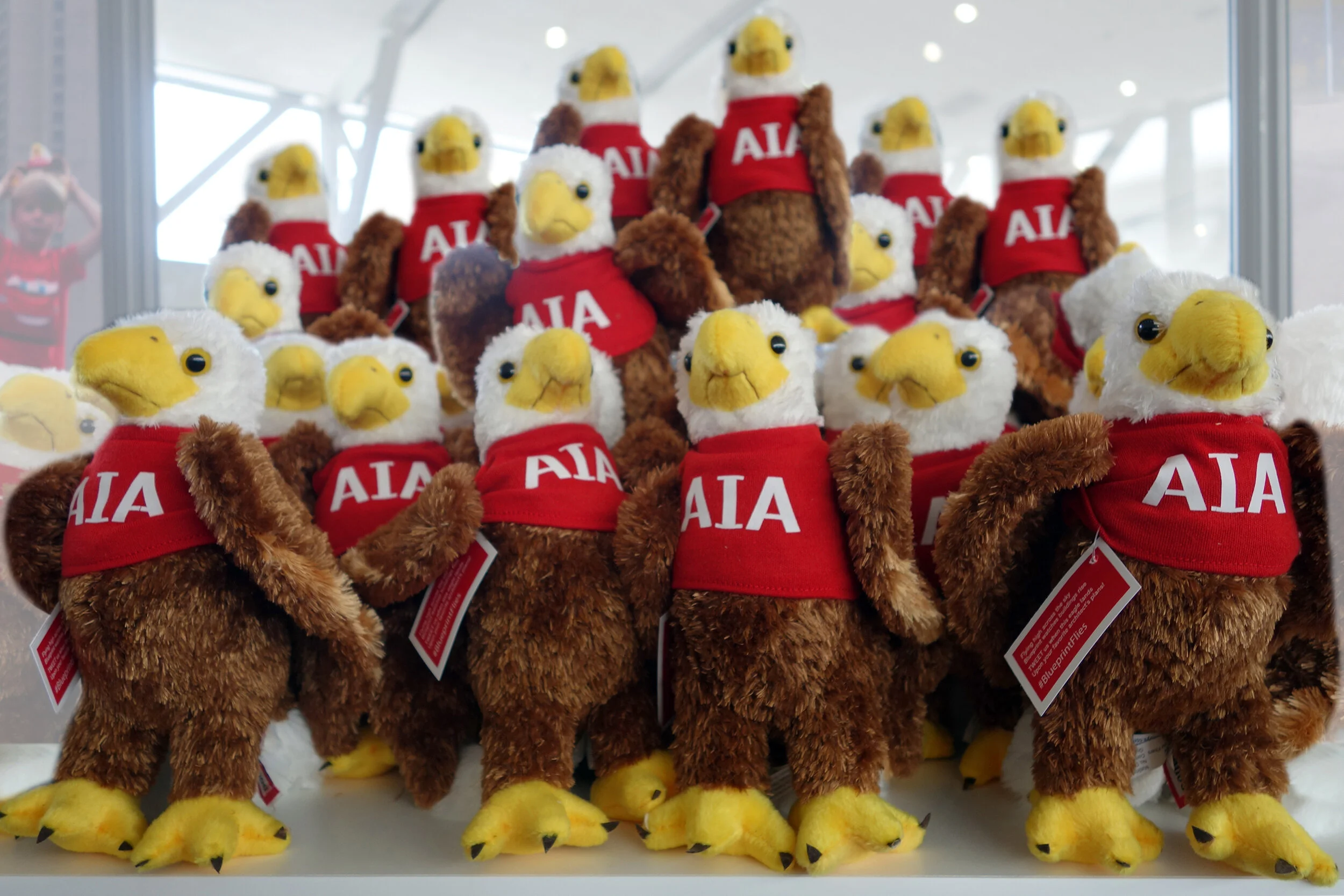
Page 3 of 3
Greater New York
Yeah your car wash and your airplanes and the highways, we’ve been here for too long, for too long
In addition to 2018 being the year that the AIA Convention was in New York, it was also the year that I was President of my local AIA component: AIA Architects League of Northern New Jersey, the component with the single longest name in the entire American Institute of Architects. Being President comes great power and great responsibility, kind of like Spiderman without all of radioactive spiders and crime fighting and super villains,. I used some of this great power to spearhead a program of year long tours and events that explored interesting sites throughout Greater New York. With that in mind, the rest of the pictures and stories on this page may start to make a little more sense.
We start with an aerial view of the dining room at Manitoga, Russel Wright’s home located not all that far north of the Bear Mountain Bridge. Wright’s home is located overlooking a pond that was once a quarry, and the house bleeds into this recreated landscape, blurring the line of being inside and being outside all over the place.
The guided tour at Manitoga started a day that included a nighttime Hudson Valley Shakespeare Festival performance under the tent at Boscobel and a midday stop for a guided tour at Dia; Beacon, just a few miles north in Beacon, New York. Dia: Beacon is a spectacular contemporary art museum located in an old Nabisco factory, Most of the galleries are lit only with natural light, the museum and the art feels different hour to hour and season to season based on the light.
Pictured here are two pieces of art. On the left you can see a very cropped view of Richard Serra’s “Torqued Ellipses,” and on the right, you can see the not (completely) day lit “No End Neon” by François Morellet.
We leave the Hudson Valley and head out to Fairfield County, Connecticut and Philip Johnson’s Glass House in New Canaan. In addition to the Glass House, Johnson built a series of small independent pavilions like this one, the last one he added and one he called “Da Monsta.” Johnson intended this to be a visitors center so people could visit his house, something that the neighbors weren’t all that excited about. This led to the visitors center being located in town, near the Metro North station where visitors are taken on guided tours and brought to the property by shuttle bus. It’s an efficient enough system, but one that leaves the actual Philip Johnson designed visitor’s center completely unused and empty inside.
No one comes to New Canaan, buys a ticket and rides that shuttle bus to see Da Monsta. The reason you came all that way was to see the Glass House, which looks pretty much like you think it does. In reality, it’s actually pretty small and feels oddly more like you’re camping or in a cabin than in a house. A solid circular section inside hosts a fireplace and bathroom, and its used to separate the bedroom side from the living room/dining room side. Just beyond and through the glass, you can see Johnson’s Brick House, a better place to sleep and get some privacy from all those annoying architecture students who keep peering over the walls to take pictures of your glass house.
As a companion to the Glass House tour, we also included a private tour of SANAA’s spectacular Grace Farms, a tour which included a damn good lunch and a stop for some locally made tea that kind of tasted like someone soaked a tree branch in hot water, except that it was somehow good.
The building by SANAA at Grace Farms is called “The River” and it starts at the top of the hill and continuously flows down with a continuous wood ceiling and metal roof structure. In between it creates wonderful places to stop and enjoy the property, as well as a few actual glass buildings with actual purposes. At the top of the hill is a large theater and at the bottom of the hill is a semi underground basketball court. In between are a library, a cafe and a tea room where we had some of that locally made tea that kind of tasted like someone soaked a tree branch in hot water, except that it was somehow good. Both inside and outside, the River provides wonderfully framed views and spectacular reflections of itself and the landscape in all that glass.
We leave Connecticut for New York Harbor and Ellis Island. One of the events was a private hardhat tour of the abandoned hospital at Ellis Island, and, in order to actually get there on time, you needed to be on one of the first two morning boats out of Jersey City. The New Jersey boats stop first at Ellis Island and then later at the Statue of Liberty, and almost no one who got up that early gets off at Ellis Island. This allowed a rare, really special chance to be by yourself (or mostly by yourself) in the Great Hall.
The hardhat tour of the abandoned hospital is both spectacular and heartbreaking. The building is in a constant state of ruin, which is why they make you wear those hard hats in the first place. And the ruins feel totally appropriate for its purpose- this is where immigrants were sent if they failed the medical check at Ellis Island, and those who survived their stay here weren’t necessarily out of the woods- many ended up deported back to the country they came so far to get away from.
Throughout the abandoned hospital there are reminders everywhere of what once was, and to drive that home is an installation by JR called “Unframed - Ellis Island.” Scattered throughout the tour, he took photos of actual Ellis Island immigrants and put them on walls and broken glass, staring back at you to remind you of what this place really once was.
The last of the four AIA Architects League of Northern New Jersey events that are included in this slideshow was in collaboration with AIA Central New Jersey and included a two stop trip in Mercer County, New Jersey. The first stop was a wonderful presentation and guided tour of the BAPS Shri Swaminarayan Mandir in Robbinsville, New Jersey. Every surface of the Mandir is covered with intricately hand carved marble that was originally quarried in Italy, then hand carved in India and then assembled like a giant jigsaw puzzle in New Jersey. Amazing in person.
So after construction tours at A’18, a visit to a giant, crazy, skewed pyramid shaped courtscraper, surviving the East River (not really a river) and the Harlem River (not really a river) and the North River (also not really a river), loving the natural light at Dia: Beacon and even getting our hearts broken on Ellis Island, it’s time for this slideshow to end with one last picture.
After the Mandir (and despite the rain), we went on a walking tour of Princeton that was run by their historic society. We started on Nassau Street in front of the Princeton Garden Theater and ended at the Nassau Inn, only a block and a half away. Luckily the tour took the long way, snaking through the campus and hunkering down inside the Lewis Library during a severe thunderstorm warning. After the rain, the sun came out, the tour resumed and all was right with the world once again. Even the rain soaked streets that felt foreboding and dangerous just moments ago briefly transformed from unwelcome puddles into reflecting pools.


